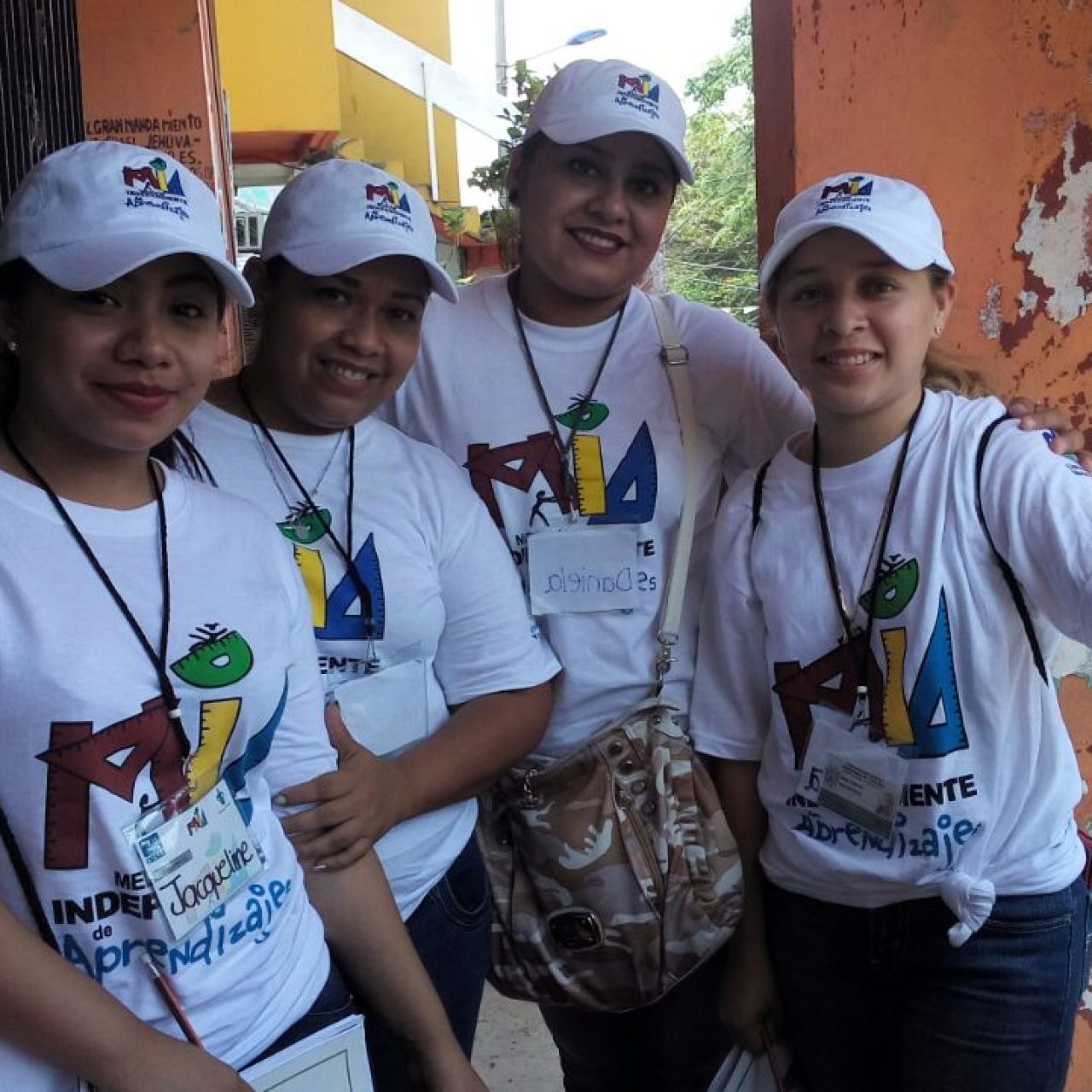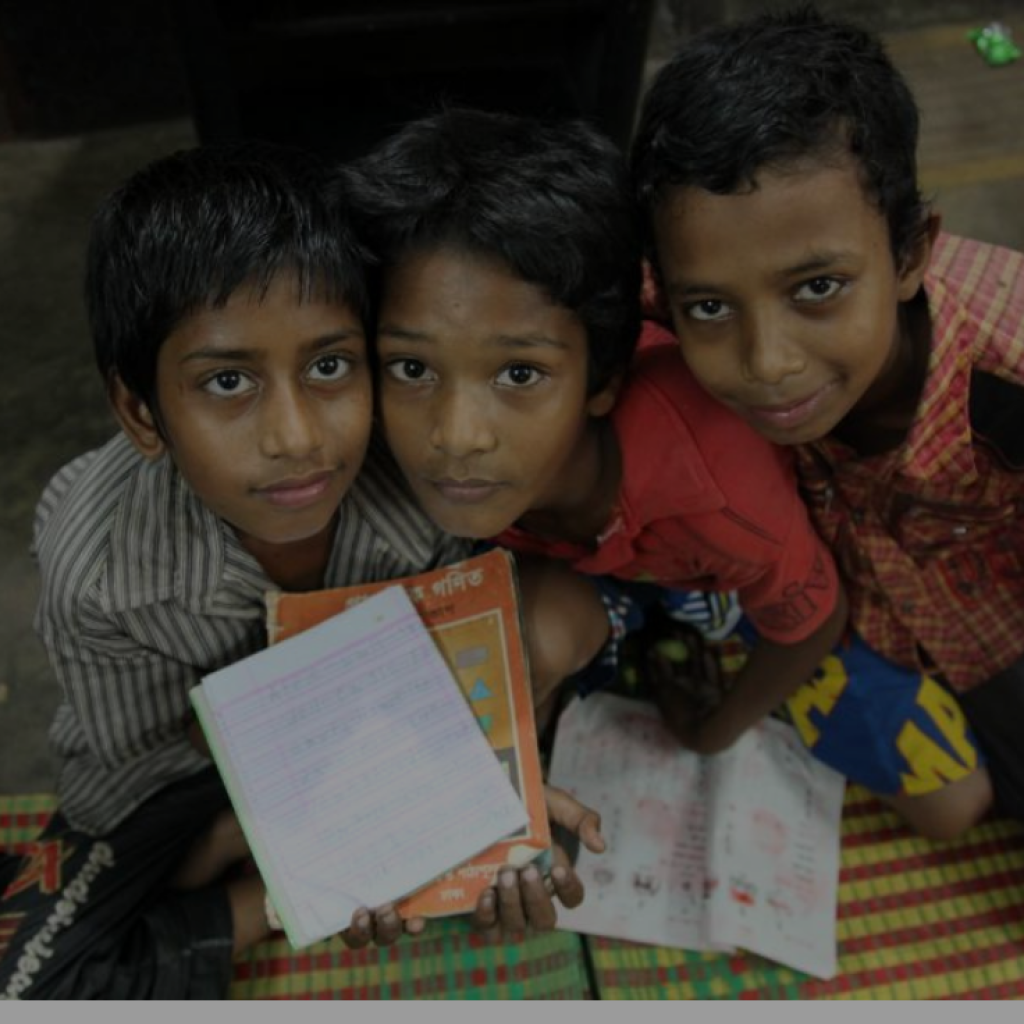
Measurement, Monitoring & Evaluation Team – An Unforgettable Experience
I started work at ASER Centre, Pratham Education Foundations’s (“Pratham”)[1] research arm, in May 2012. Pratham is India’s largest not-for-profit in the education sector. Over the past four years I have been assigned to two key tasks. While working on these two tasks I learnt lessons that would shape me personally and professionally. This post is about those lessons.
Baseline
I came with over two years of consulting experience at a big multinational company where I had mastered the mechanics of a report factory. Contracts and clients came and went, bottom lines continued to rise.
While the work was interesting I also felt strongly about doing something more, something to improve the lives and opportunities of people in rural India. One thing led to another[2] and a few months later I walked into a basement office. A place that would remain in my heart forever.
Tasks
My first key task was to coordinate and manage the ASER survey[3], India’s largest citizen led survey, in two western Indian states of Rajasthan and Gujarat. This meant forming and closing partnerships, coordinating and conducting trainings; and monitoring and following up with partner organizations during the implementation of the project.
My second task was to set up a measurement framework strategy and implementation plan for Read India[4], Pratham’s flagship scaled-up program, along with six other colleagues. We needed to put in place a robust, standardized and independent internal measurement system that could help us better assess what we were doing and provide feedback to the program to deliver better outcomes. To get this done, we constituted an independent Monitoring, Measurement and Evaluation (“MME”) team.
Lessons
1. Sharp planning
While executing a project such as the 100-day ASER survey that operates at scale, moves fast and involves several partners, you must have great planning skills. When I started out, I would focus on creating a fool-proof plan A. Only after completely immersing myself in the execution of the project did I understand that I always required a plan B that I could highly rely on and I needed a plan C that I could empathize with and not feel too sad to resort to.
Some people don’t stick to their word, others fall short of their expectations, a few don’t understand the need to push themselves and often you make terrible mistakes. During the implementation of scaled-up multi-stakeholder projects the time and space to reflect and change is short.
Sharp planning allows you to formulate convincing actionable steps in a timely manner and that is a great way to encourage your entire crew to weather the storm well!
2. Comfort with collaboration
When we set up our MME team our real challenge was not developing a measurement solution for Read India, it was creating high engagement with the stakeholders who were the primary users of our data systems. This needed high collaboration at both ends. We made mistakes and got criticized, sometimes directly and at times behind our back. But in large organizations with large projects feedback has its own innovative ways of reaching home.
To have a great solution is to have great individual football skills. Using that solution successfully is to win a football match with your team. You have to understand and work well with your team to win.
In all multi-team scaled-up projects understanding the needs, skills, culture and motivation of all the other team members is important and working closely with each of them is the only way to end up on the winning side.
Successful collaboration with a collective win receives exponentially higher appreciation than poor collaboration with an individual win.
3. Initiatives define your experience
In a not-for-profit you don’t and should not expect a flawless structure of work. I was warned about this in my interview discussions and I was excited about it. But I did not know what this really meant as an employee.
Today I very clearly do.
When you are asked to create a data collection format for a program there are many ways to proceed. You could possibly do the following:
- Reach out to the program team to understand relevant indicators based on the goals of a program
- Discuss suitable ways to collect data in the field with the field team members
- Speak with the technology team to understand the most suitable system to use
At this point you may consider your job done.
But you could also, at this point, highlight the gaps in the data collection system of a similar program, provide informed recommendations to the project team to make that change and support the relevant team through the process without impacting the work that you were originally tasked with.
This work culture gives you the space to do more and create more impact than you plan for. Meeting your goals and working on your designated tasks is not enough.
Pushing the envelope and creating more value for the project, the team and the organization at every single turn is the only way to respect this work culture and to set yourself on a steep learning curve.
4. Direction and mentoring differentiate good and great teams
On a sunny Saturday afternoon when the Indian summer heat was belting down on us, I looked at my fellow field team members who raced along to conduct a pilot survey in a nearby village with much enthusiasm. I wondered what wave of imagination just struck them to do this! A few hours later I was enjoying it as much.
It is no secret that when motivated, with the right guidance and mentoring, people have a higher probability to do the extraordinary. I learnt it during my initial days in the field and would save it as a note in my laptop.
In a large not-for-profit while executing scaled-up projects there are tremendous opportunities to provide direction, guidance and mentoring to individuals. But with fast moving projects and additional work responsibilities this task can become hard to execute.
However, when a team prioritizes the need to provide and receive mentoring it goes a long way in improving the conviction of the team members to succeed in unstructured work environments and to create a significant impact.
5. Understand, define and evolve your team culture
As a team when working on challenging tasks, with diverse stakeholders, controversial team opinions, and uncertain future direction it becomes important to define your principles and culture.
When the going got tough our team looked up to each other for constant guidance. While we had not defined our culture it was unspoken and understood – be flexible, be truthful, break stereotypes, trust more, make mistakes, empathize, learn aggressively, be excited, be loud, stay positive and stay everywhere, initiate and facilitate, collaborate and innovate, work hard play hard and create an impact.
While we did this, it was important to align ourselves with the principles of the organization but it was also equally important to distinguish ourselves for succeeding in the type of work we were tasked with. However, contexts, people and circumstances change and rightly so will the culture.
Having a practice of constantly understanding, defining and communicating a culture enables the team to evolve comfortably while scaling up and move convincingly through challenging times.
6. Feedback
Immediate feedback and conflict resolution are interesting concepts for a training but hard concepts to practice.
In my previous corporate consulting role I knew as a team we had to improve our revenues and profits. But while doing so I was also aware of the corporate hierarchy of needs. A veteran in the consulting function once told me, “Kid, no matter what you do in a consulting firm, remember ‘Maslow’s hierarchy of needs’ does not work when you begin to rise in the firm. Reconfigure yourself to what really works – perception, politics and performance – in the same order of importance.” It surprisingly works pretty well at most corporate firms. But rest assured this does not and will never work at a large not-for-profit where your goal is to add share value to the society.
Your team’s performance will directly and constantly reflect on your work.
Planning, taking initiatives, collaborating well, providing constant mentoring and having a great culture are the key components that enable a team to strive for excellence. At each point, providing constructive feedback in a timely manner to your team members will enable them to immediately understand areas of improvement and once set in, this culture also increases the trust within a team.
With large teams executing multi-team projects a formal process of feedback and appraisal although necessary cannot to be relied on entirely.
While working with different teams and multiple stakeholders the more open you are to give and receive feedback to each other the faster you move as a team and as individuals; and the more graciously you enjoy the teamwork!
Endline
I leave a changed man to say the least. I have foregone my desire for the corporate attire, I have learnt the importance of working with great team members, I have witnessed the true potential of teamwork and mentoring, I have strong conviction in the innovative capacity of unstructured work environments, I understand that strong collaboration in inherently diverse environments requires continual and open-minded engagement, I appreciate the diversity in cultures, opinions and constraints of people even more today than before; and I am certain that your best shot at success as an individual and a team is to have a sharp plan, strong conviction and constant motivation to give it all that it takes, and more, to reach your goals.
Pratham taught me more in four years than I could have possibly asked for. I am full of gratitude for my leadership who gave me the opportunities to take on challenging work, my supervisors, who mentored me and set an example at every critical turn; and my team, who pushed themselves in certain and uncertain times while inspiring me to continuously step out of my comfort zone.
It is time to set on a new adventure!
[1] Pratham has been working in the education sector since 1995. Read the history of the organization here.
[2] In 2011-12, my friend (now fiance) and I stopped by our alma mater,The Lawrence School Sanawar, during a trip to the Himalayas. Our school is one of the oldest co-educational residential schools in Asia. We met with our teachers and reminisced the good old times. Over the years, since we graduated, there had been several technology focused upgrades at the school. Classes were well equipped with new technologies and our computer labs had been revamped with better and faster machines.
But surprisingly the student-teacher interaction had not changed the way one would expect it to under such circumstances. We returned home and decided to conduct a short project, using qualitative and quantitative methods, to understand the impact of teaching learning styles on student learning outcomes and identify areas of improvement.
During the day we worked at our corporate jobs and by the night we would be tearing up the web trying to understand the education sector – reforms, best practices, approaches to qualitative research, survey design and much more. We developed a proposal for a study and pitched it to the Board of Governors of the school who gave us a green signal.
We spent a few days in the school to collect qualitative data. We brought back ten years of learning result data from the school. We couldn’t get soft copies and therefore the trunk of my car was filled with mark sheets that would take us over fifty evenings to enter into excel sheets. Not sure why we got this special treatment! But when we presented our findings they were very well appreciated and the recommendations were later adopted.
That is when we thought, if there exists a room for improvement in the teaching-learning systems of one of the top schools of India then what about the rest of India? What is the extent of the challenge across India and can we develop solutions that can be scaled? We also felt if this is what we could pull off by being highly motivated during our evenings what if we made it our work. Everyone directed us to Pratham and that’s when we both made the move.
[3] Annual Status of Education Report (“ASER”) is India’s largest citizen led survey covering over 300,000 households and over 600,000 children annually from 2005 to 2014. It is also the only annual source of information on children’s learning outcomes available in India today.
[4] Annually, since 2005, Pratham has been facilitating the ASER survey that provides information on schooling and basic learning from all rural districts in India. Since inception, ASER has been highlighting the poor levels of reading and arithmetic skills of children aged 5 to 16. To address this problem, in 2007, Pratham launched the Read India program to demonstrate what could be done to improve children’s basic learning on scale.
Blog Post originally posted on the Linkedin Website
[/av_textblock]
[av_social_share title=’Share this entry’ style=” buttons=” share_facebook=” share_twitter=” share_pinterest=” share_gplus=” share_reddit=” share_linkedin=” share_tumblr=” share_vk=” share_mail=”][/av_social_share]







